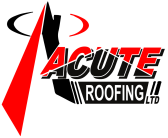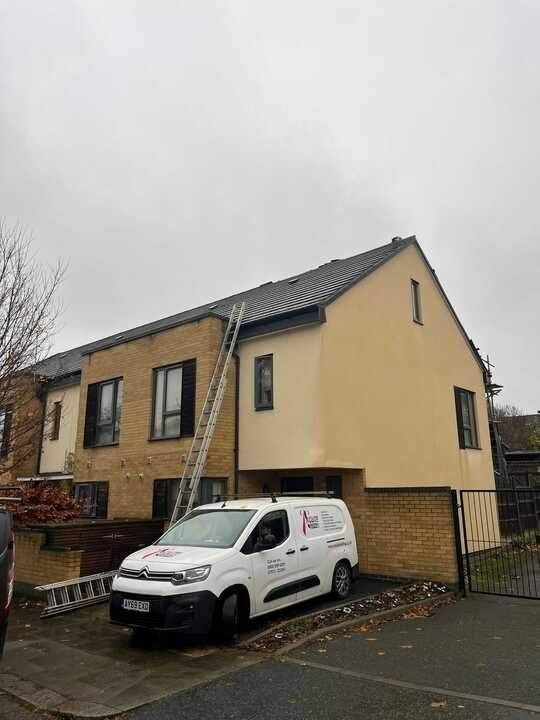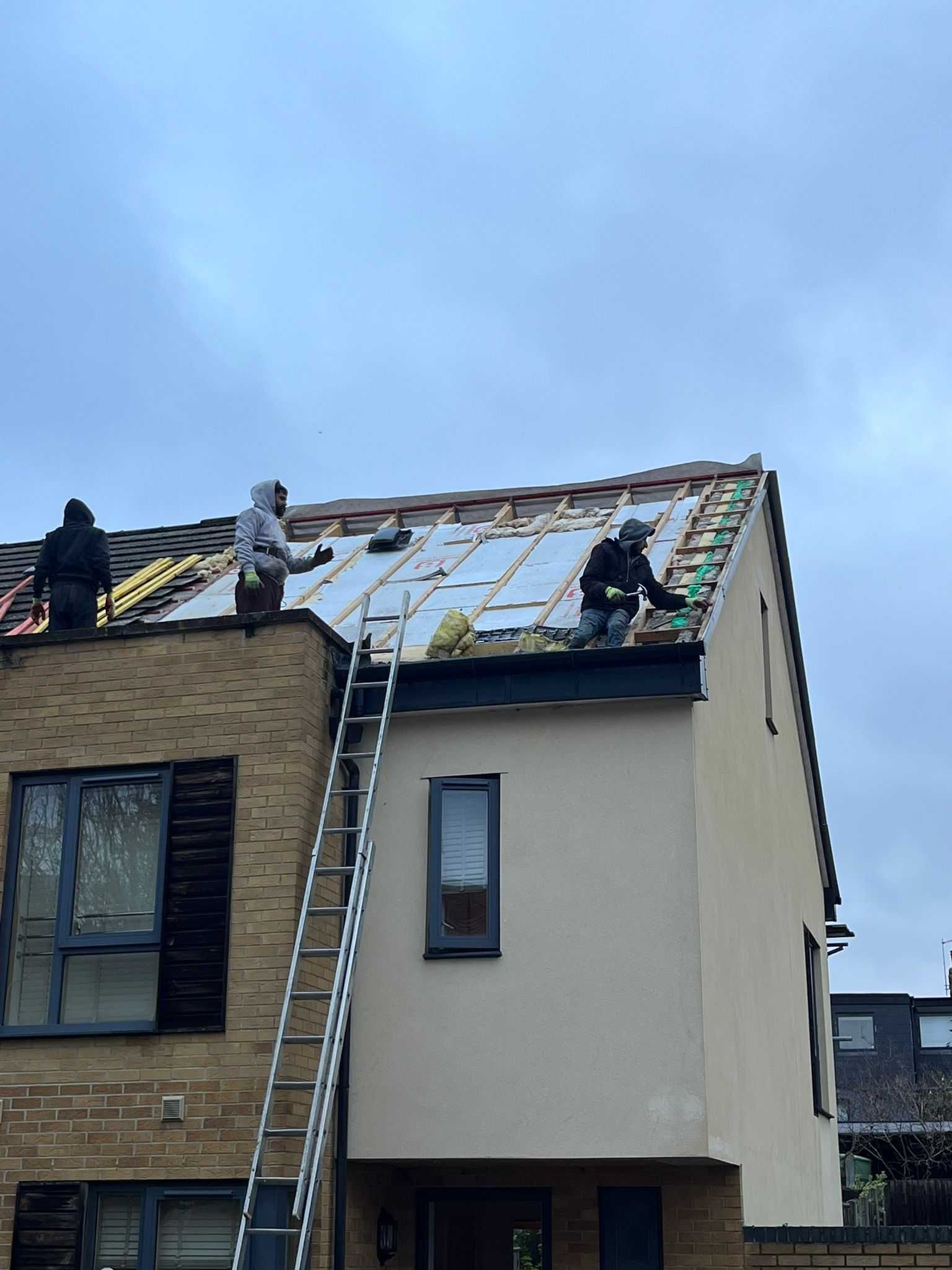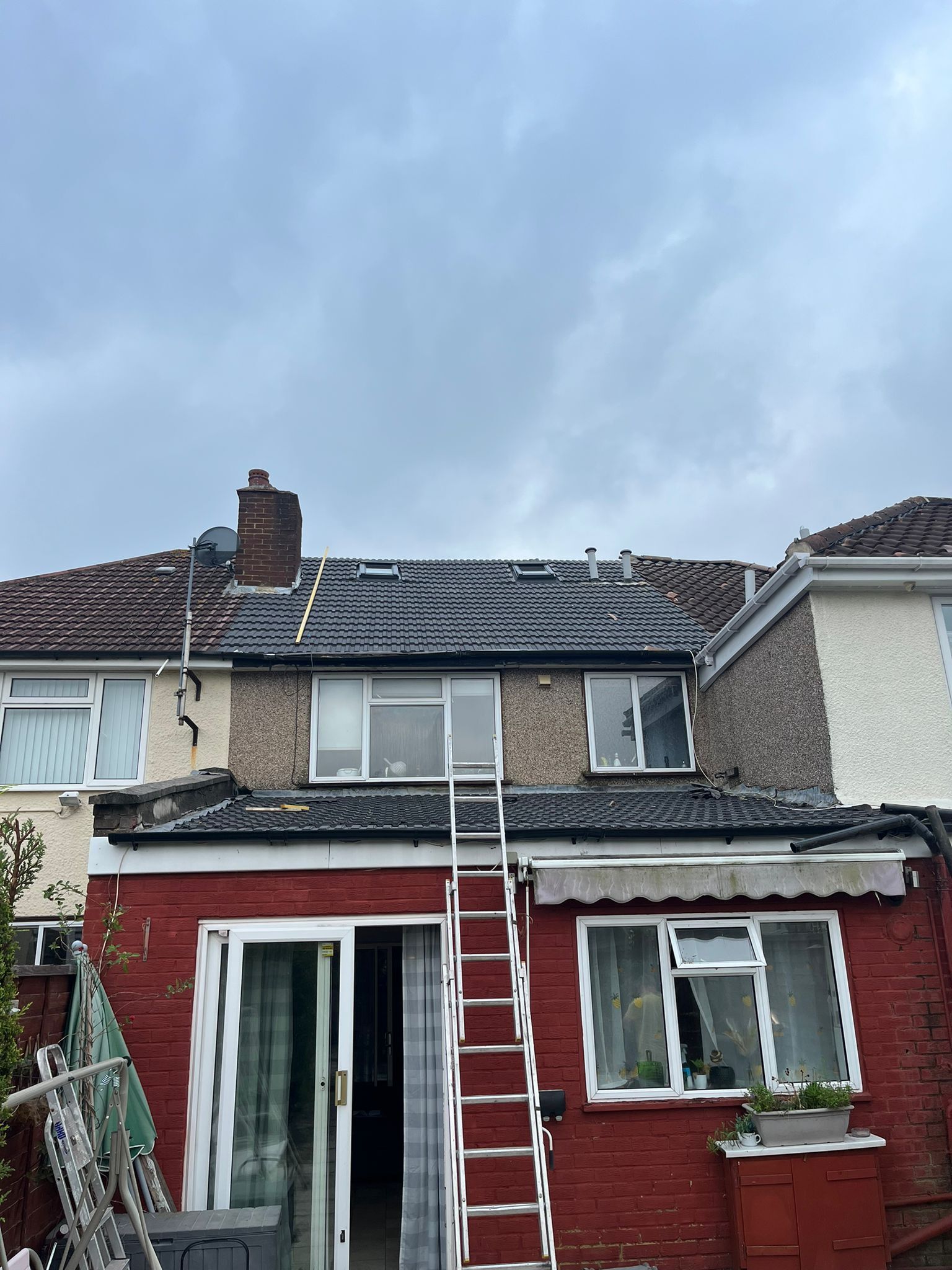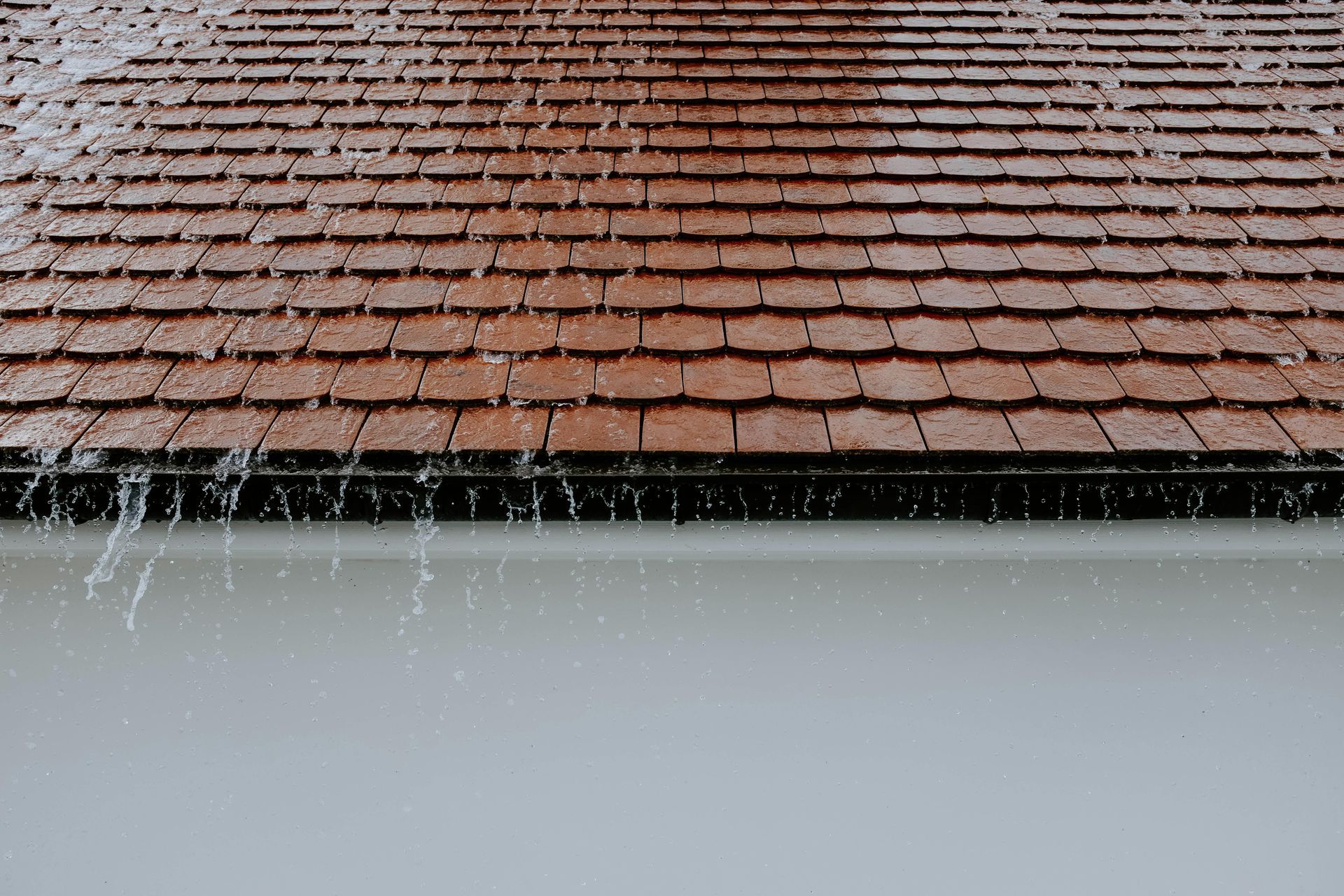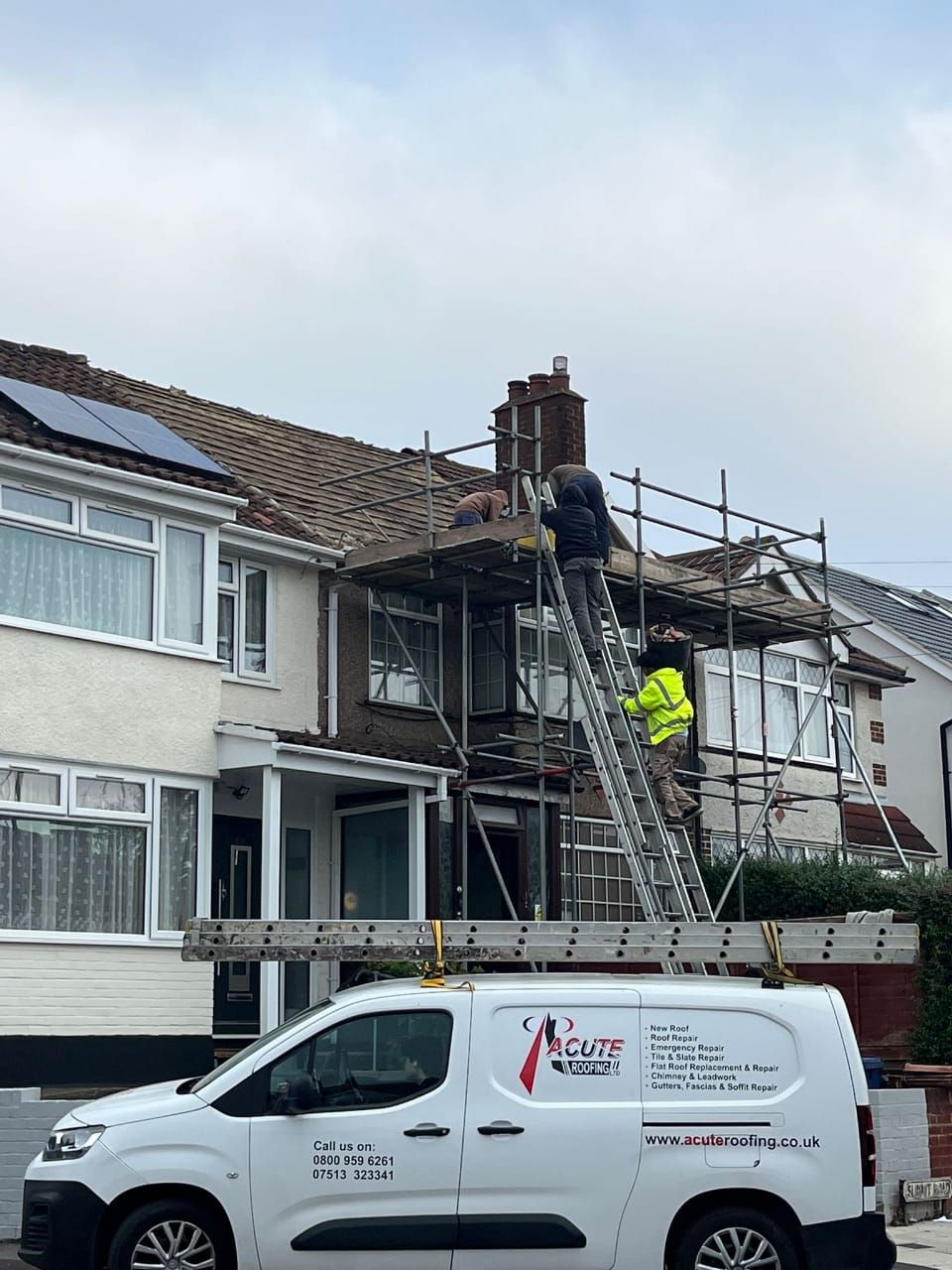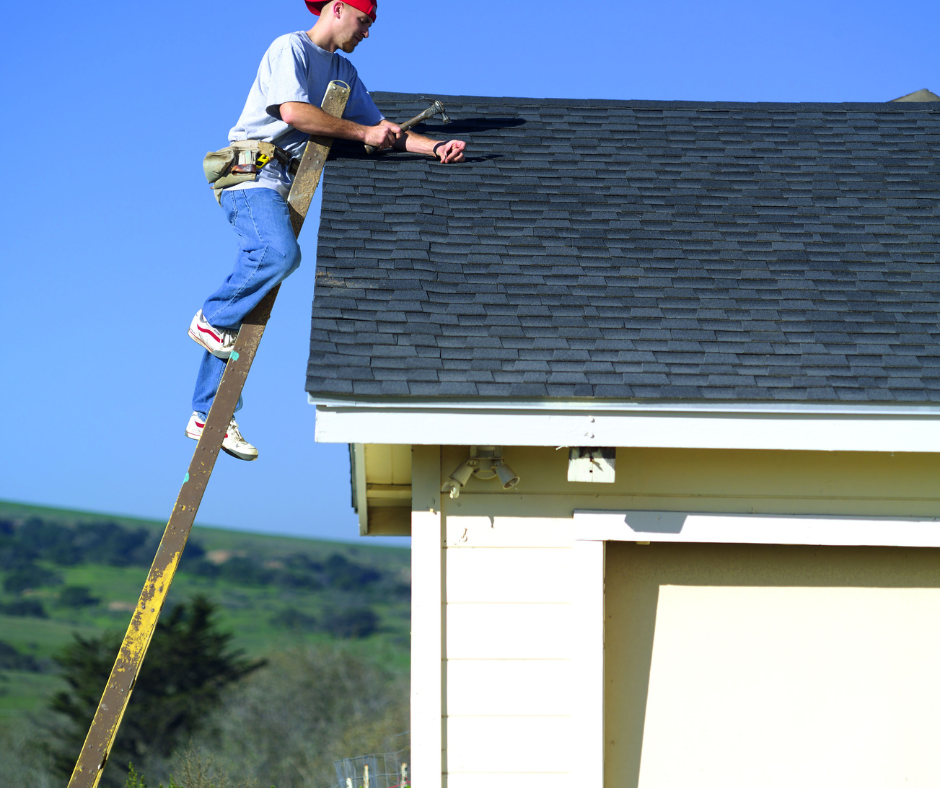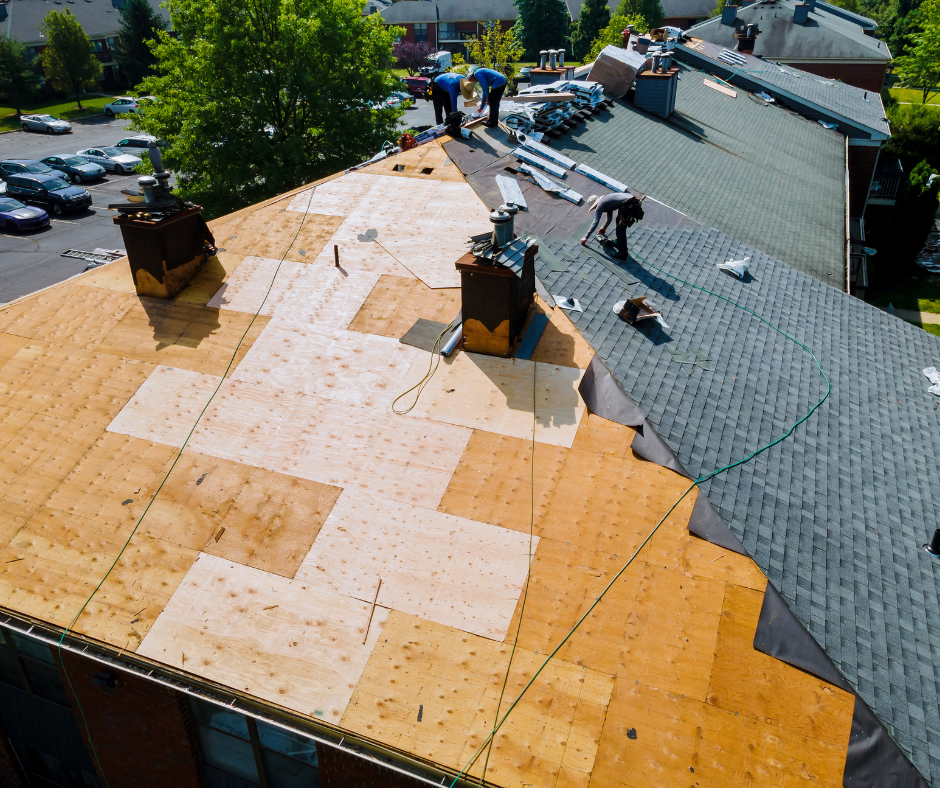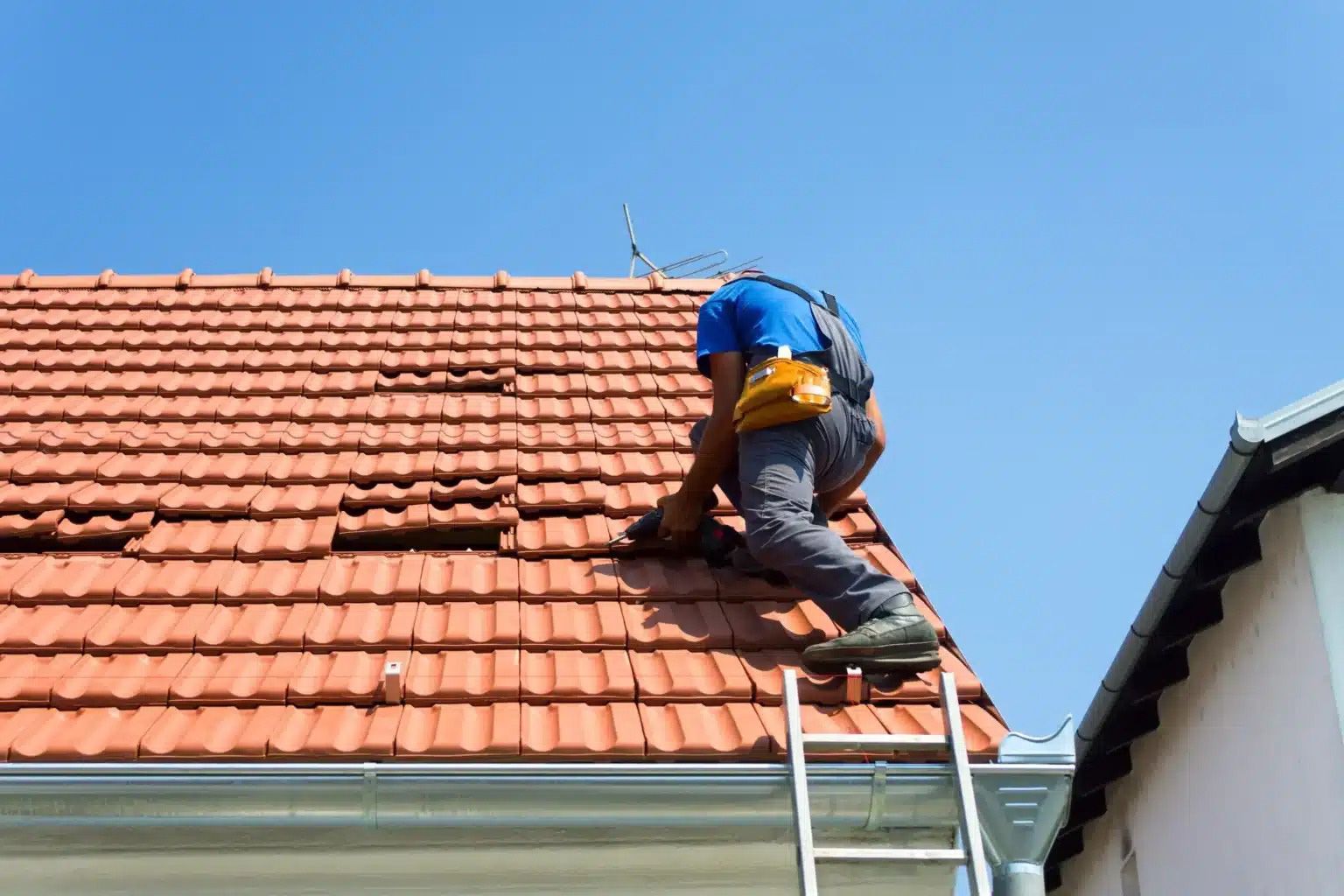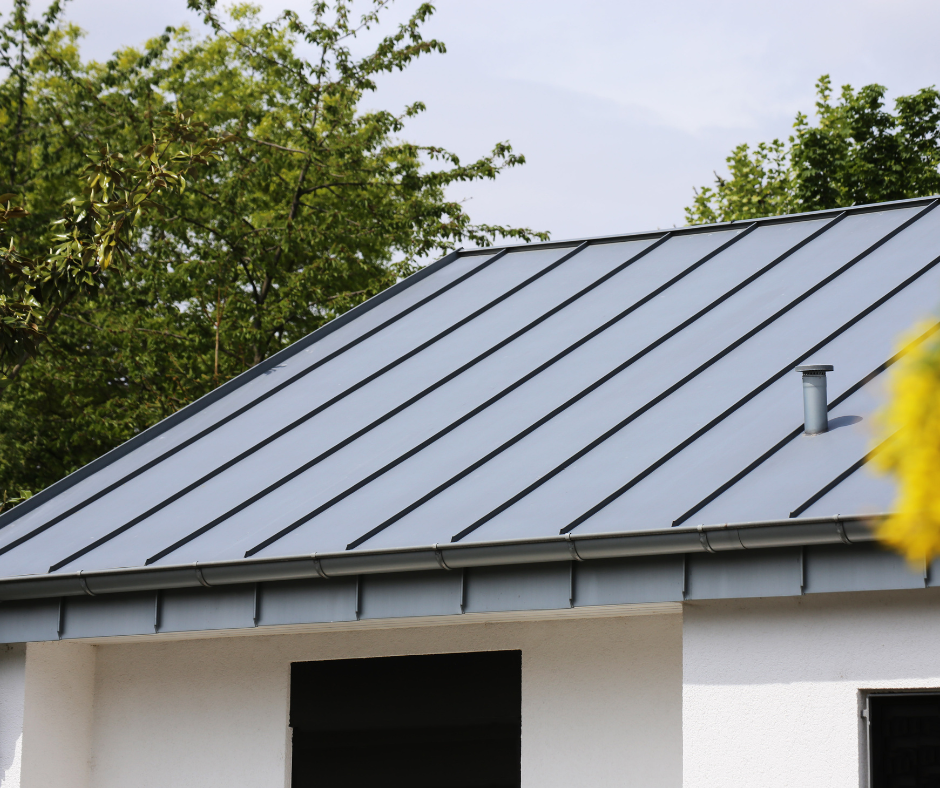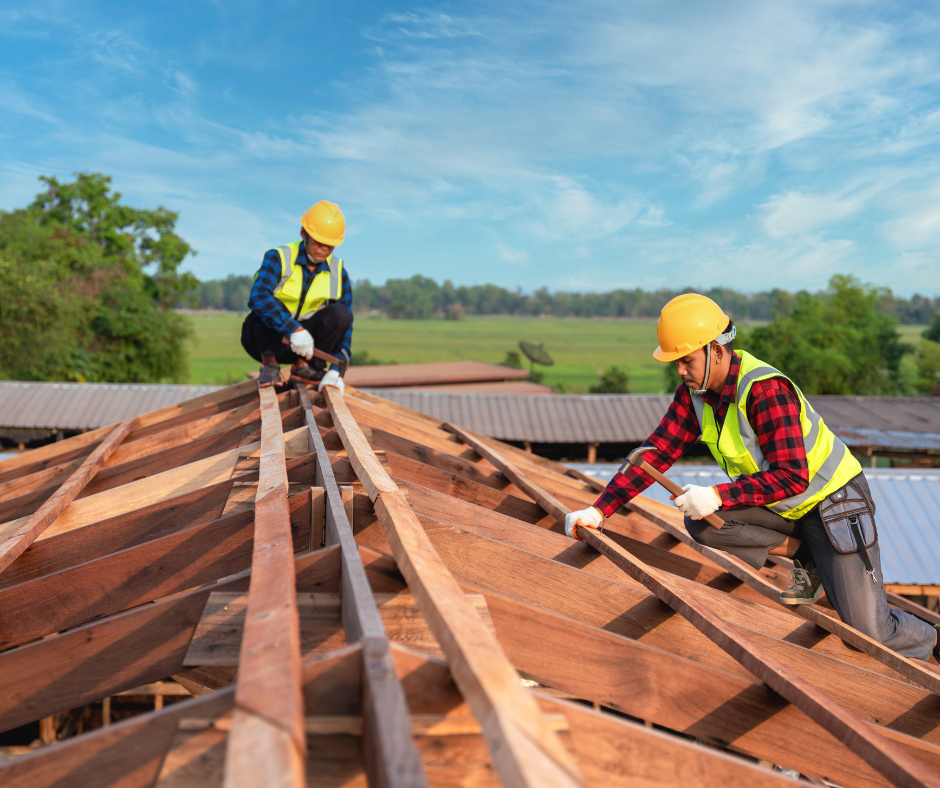The Top Roofing Materials for UK Homes in 2025
As the architectural landscape in the UK continues to evolve, so too do roofing trends and materials. With sustainability, durability, and aesthetics becoming ever more important to homeowners, the question of which roofing materials best suit UK homes in 2025 is more relevant than ever. If you’re considering upgrading your roof or selecting materials for a new build, understanding the advantages of various options can save both time and money while enhancing the lifespan and appearance of your property.
At Acute Roofing, we’ve been helping homeowners across the UK make informed decisions about their roofing needs. To guide you in 2025 and beyond, here’s an updated guide to the top roofing materials for UK homes, complete with insights into their benefits, drawbacks, and overall suitability.
Why Choosing the Right Roofing Material Matters
Roofing serves more than just a functional purpose—it protects your home from harsh weather conditions, improves energy efficiency, and contributes to its kerb appeal. The weather in Britain, known for its mix of rain, wind, and occasional snow, demands high-performing materials that can withstand year-round challenges. Beyond performance, the right roofing material can also add value to your property, reduce long-term maintenance costs, and align with growing trends in sustainable construction.
Here are the top roofing materials to consider for UK homes in 2025.
1. Clay Tiles: Timeless Durability and Aesthetic Appeal
Clay tiles have been a staple in British housing for centuries, and they continue to dominate as a top choice for residential roofs. The earthy tones of clay tiles complement traditional UK architecture, but they’re also versatile enough to feature in contemporary designs.
Benefits: Clay tiles are exceptionally durable, with some roofs lasting over 100 years with proper care. They’re also highly resistant to rain, frost, and fire, making them ideal for the British climate. Clay tiles are eco-friendly as they’re made from natural materials and can be recycled.- Drawbacks: Their cost can be prohibitive for some homeowners, and their weight may require reinforced roof structures.
- Best For: Period properties and homes in conservation areas, particularly where maintaining an authentic style is essential.
2. Slate: A True Classic for UK Homes
For a touch of luxury and unparalleled longevity, natural slate has long been a favourite for UK homeowners. While it’s one of the most traditional materials, it continues to dominate in 2025, with modern manufacturing techniques making it even more accessible.
Benefits: Known for its stunning appearance, slate is both durable and low-maintenance. A well-installed slate roof can last up to 150 years. Moreover, slate is entirely natural and has a significantly smaller carbon footprint compared to synthetic materials.- Drawbacks: Slate is one of the heaviest and most expensive options available. Installation requires skilled professionals, adding to the upfront cost.
- Best For: Premium homes and older properties seeking a sophisticated aesthetic.
3. Concrete Tiles: Cost-Effective Versatility
In recent years, concrete tiles have gained popularity as affordable yet durable roofing materials. While they lack the prestige of clay or slate, advancements in technology mean concrete tiles now mimic the appearance of traditional materials without the associated cost.
Benefits: Concrete tiles are budget-friendly and available in various colours, shapes, and finishes to suit a wide range of homes. They’re also frost-proof and fire-resistant, with a lifespan of approximately 50-60 years.- Drawbacks: Concrete can fade over time, and these tiles are slightly less durable compared to clay or slate.
- Best For: New builds and renovations where cost and customisation are priorities.
4. Metal Roofing: The Modern Eco-Friendly Option
Metal roofs, including materials like aluminium, steel, and zinc, are gaining traction in the UK market. Once primarily seen in commercial buildings, metal is finding its way into residential environments due to its durability and eco-friendliness.
Benefits: Metal roofing is lightweight, long-lasting (up to 70 years), and highly recyclable, making it one of the most sustainable options. It’s also resistant to water, fire, and pests. Its reflective surface contributes to improved energy efficiency in warmer months.- Drawbacks: The initial installation cost can be high, and improper installation can lead to noise issues (particularly during heavy rain).
- Best For: Modern architectural designs and eco-conscious homeowners.
5. Green Roofs: A Step Towards Sustainability
As sustainability takes centre stage in construction, green roofs—sometimes called living roofs—are becoming a growing trend for urban and suburban homes. These roofs are covered with vegetation, offering a natural alternative to traditional materials.
Benefits: Green roofs improve insulation, absorb rainwater, reduce urban heat, and promote biodiversity. They’re also visually striking and help reduce energy bills in the long term.- Drawbacks: Green roofs require careful planning and maintenance. They are best installed by professionals with expertise in this niche field. The upfront costs can also be higher compared to conventional roofing.
- Best For: Eco-conscious homeowners, particularly in urban areas where maximising green space is a priority.
6. Synthetic Roofing Materials: Affordable and Durable Alternatives
For cost-effectiveness and versatility, many homeowners are turning to synthetic roofing options like composite tiles or synthetic slate. These materials are designed to mimic the appearance of natural materials while offering improved performance.
Benefits: Lightweight, affordable, and available in a variety of styles, synthetic roofing materials require little maintenance and have a lifespan of around 30-50 years. They’re also more environmentally friendly than their natural counterparts, as they often use recycled materials.- Drawbacks: While durable, synthetic materials may lack the authenticity of natural options, which might detract from the property’s value in some cases.
- Best For: Budget-conscious homeowners or those looking for a low-maintenance roofing option.
Choosing the Best Roofing Material for Your Needs
When selecting a roofing material, it’s crucial to assess factors like your budget, aesthetic preferences, and the structural capacity of your home. For example, heavier materials like slate or clay tiles may not be suitable for certain properties, whereas lightweight materials like metal or synthetic options could be ideal.
Additionally, it’s worth considering how your chosen material lines up with 2025 trends, such as sustainability and energy efficiency. At Acute Roofing, we always recommend consulting with a professional roofer to evaluate your property’s unique requirements.
What’s Driving Roofing Trends in 2025?
Several factors are shaping the roofing industry as we look ahead:
1. Sustainability: With growing emphasis on climate change, homeowners are prioritising eco-friendly building materials. Recyclable materials and green roofs are at the forefront of this movement.
2. Energy Efficiency: Rising energy costs mean more homeowners are focused on improving insulation and ventilation. High-performing roofing materials can play a significant role in reducing energy bills.
3. Smart Roofing: Technology is introducing innovations in the form of solar tiles and energy-harvesting roofs, which are expected to surge in popularity in 2025 and beyond.
Final Thoughts
Your roof is one of the most significant investments you’ll make for your home. Whether your priority is sustainability, style, or cost, the key is to choose a material that aligns with both your practical requirements and personal aesthetics.
At Acute Roofing, we’re dedicated to helping UK homeowners navigate these choices with expert advice and tailored solutions. If you’re looking to upgrade your roof or explore the options available, get in touch with our team today for a personalised consultation.
Invest in the future of your home with a roofing material that stands the test of time.
